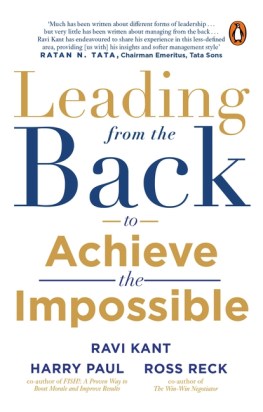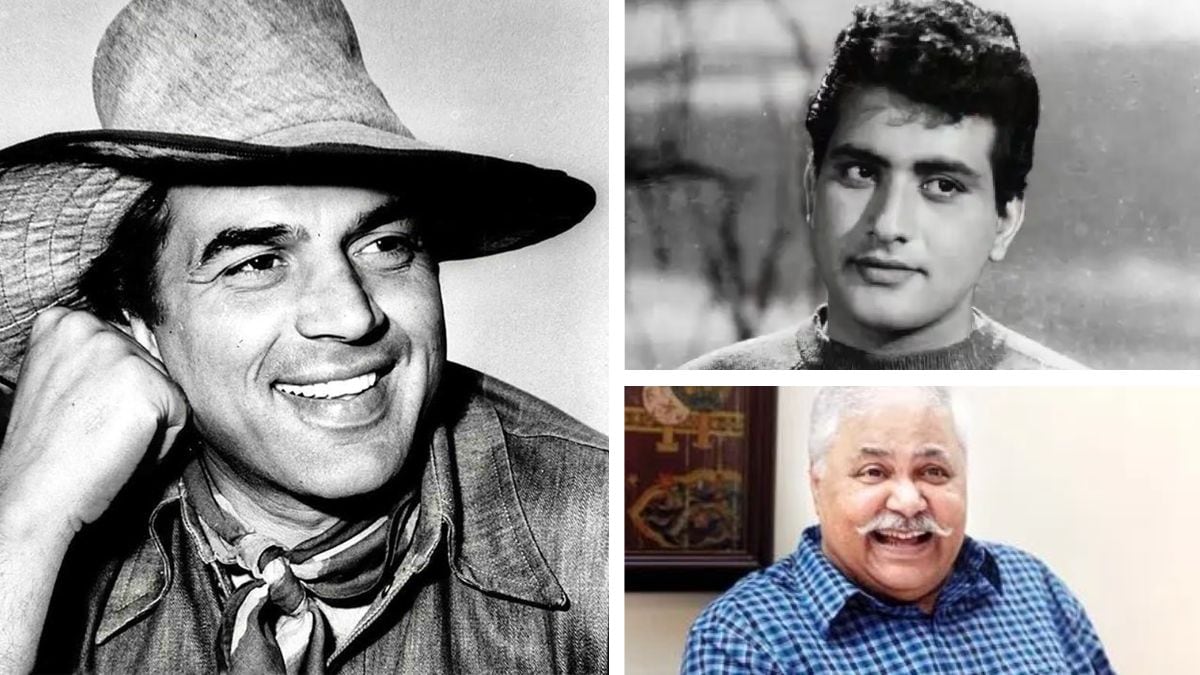Title: Leading from the Back: To Achieve the Impossible
Authors: Ravi Kant, Harry Paul, Ross Reck
Publisher: Penguin Random House
Pp 176, Rs 299
One of the leading proponents of ‘Leading from behind’ was Nelson Mandela. In his book Long Walk to Freedom, he wrote, “It is better to lead from behind and to put others in front, especially when you celebrate victory when nice things occur. You take the front line when there is danger”.Mandela compared this leadership to shepherding. Great leaders, he said, stay behind the flock, letting the most nimble go ahead and the others follow, not realising all along they are being directed from behind. What Mandela was essentially saying is that leading from behind allows you to view team members and see and direct the ones you see stepping up. This style gives everyone ownership and investment in success.Leading from the Back is a continuation of the same theme—the most effective leaders will lead from behind, not from the front.
Among other things, people in an organisation want and increasingly expect to be valued for who they are and to be able to contribute to something larger than themselves. This is absolutely necessary as innovation—not simply incremental but continual breakthrough innovation—will be a key driver of competitiveness going forward.
And, the days of a genius superstar who will be the repository of all wisdom are numbered. In a rapidly changing world, real breakthroughs will come when seemingly ordinary people make extraordinary contributions through the help of leaders who can take them forward by shepherding them.

The novelty of the book is in its treatment of the theme which will find resonance in a wider section of readers. Unlike a typical management book, this one follows a short story-telling mode. Through an engaging parable about the travails of an upcoming young manager, the authors outline the leadership concept which is dramatically different from the conventional wisdom of leading from the front as the only management mantra.The authors should know a thing or two about leadership. While Ravi Kant, former vice-chairman and CEO of Tata Motors, has four decades of management experience in successfully leading companies, Harry Paul and Ross Rech are co-authors of Fish: A Proven Way to Boost Morale and Improve Results and The Win-Win Negotiator, respectively.
The writing on the wall is clear: Micromanaging your staff to death is clearly not the way a corporation can sustain itself. The benefits of leading from the back include clearly seeing the weaknesses and strengths of both employees and the business as a whole; giving your colleagues the chance to grow without having the pressure of your presence. Businesses are increasingly interdependent, requiring leaders who can bring collaborative skills to the table.
A person who leads from the back is essentially coaching, rather than doing. He or she is highlighting the efforts of others instead of their own. One critical differentiator is that they know what they don’t know and can put the more skilled people on the front lines for maximum effect. They are leading sometimes without people realising they are being led.Though leading from the front style of leadership will not go away, the authors argue that the concept of leading from the back is coming under greater stress because organisations have become large and complex and supply chain markets have become diverse. Also Black Swan events, they write, could occur with greater frequency. Besides, technology is changing how businesses and organisations are run, and the workplace dynamic is rapidly changing and will continue to change.
One of the main prerequisites for such a leadership style to succeed is that people need to see the leader as authentic before they will trust him/her. This means the leader has to demonstrate honesty and integrity in everything he/she does. In addition, leaders have to be fair and equitable in the decisions. Once people trust the leader, they will do just about anything for him/her.
The book’s protagonist Shiv Kundra was a bright and energetic young manager but his problem was that he was a control freak. He delegated nothing, was very hands on and was not averse to breathing down everyone’s necks to make sure they were doing things ‘right’ —which meant the way he wanted them to do things. If he didn’t like the way one of his team members was performing a task, he would step in and do it for them.
His company realised the problem, counselled him and took him through several processes, including coaching, to make him understand what he was lacking as a leader. In the end, Shiv understood exactly what leading from the back entails and delivered stellar performance. To some, this may sound simplistic, but the fact is that today’s business climate requires leaders who allow their people to emerge, lead and innovate. The leader, meanwhile, supports these initiatives, yet stays ever mindful of the bigger picture and direction.








